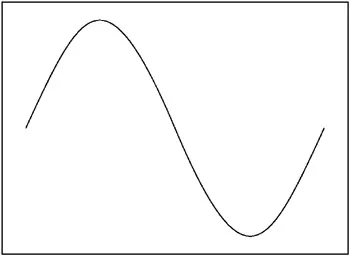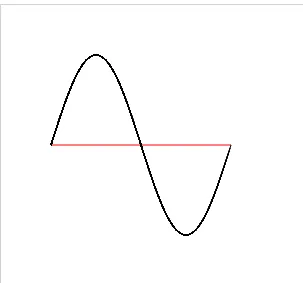我想在画布上绘制一个简单的正弦波,但是我做得不对。这是我期望的输出结果,如图片所示。
目前我所得到的是http://jsfiddle.net/RaoBurugula/gmhg61s6/4/
HTML
<canvas id="myCanvas" width="360" height="360" style="border:1px solid #d3d3d3;">
JS
var c = document.getElementById("myCanvas");
var ctx = c.getContext("2d");
var i;
for(i=0; i<360; i+= 20){
ctx.moveTo(i+5,180);
ctx.lineTo(i,180);
}
ctx.stroke();
var counter = 0, x=0,y=180;
//100 iterations
var increase = 90/180*Math.PI ;
for(i=0; i<=180; i+=10){
ctx.moveTo(x,y);
x = i;
y= 180 - Math.sin(counter);
counter += increase;
ctx.lineTo(x,y);
alert( " x : " + x + " y : " + y) ;
}
ctx.stroke();
我期望的输出

